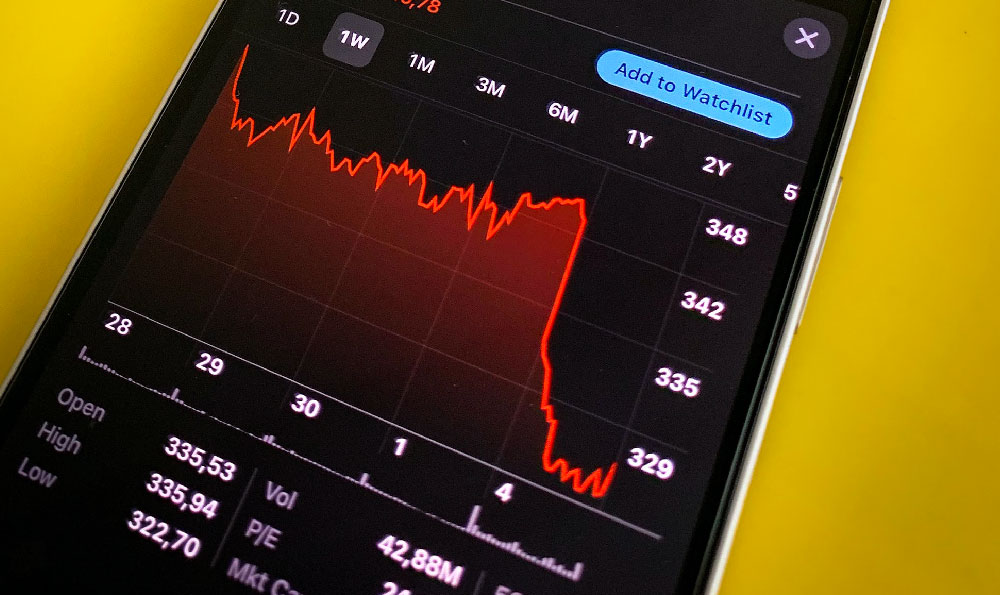How does GroupMe make money, and is it sustainable?

GroupMe, the popular group messaging app, presents an interesting case study in the world of free, ad-free services. Its widespread adoption, particularly among students and close-knit groups, begs the question: how does it generate revenue, and can this model sustain its future? The answer isn't straightforward, as GroupMe doesn't directly monetize its user base through traditional methods like advertising or premium subscriptions. Instead, its financial backing and sustainability are intricately tied to its parent company, Microsoft.
To understand GroupMe's business model, it's crucial to recognize that it operates as part of a larger strategic ecosystem. Microsoft acquired GroupMe in 2011, not necessarily to generate direct profit from the app itself, but for more nuanced and long-term advantages. These advantages can be broadly categorized into several key areas.
First, GroupMe serves as a valuable data acquisition tool. While Microsoft doesn't bombard users with targeted ads within the app, the platform provides insights into user behavior, communication patterns, and trending topics within specific demographics and communities. This data, anonymized and aggregated, can be leveraged to inform Microsoft's product development, marketing strategies, and overall understanding of its target audiences. For instance, analyzing GroupMe conversations among students could reveal emerging technological trends or unmet needs in the educational sector, guiding Microsoft's decisions in areas like software development or hardware innovation. The data collected essentially becomes another input into Microsoft’s vast database of consumer behavior, allowing them to better tailor products and services across their entire ecosystem.

Second, GroupMe enhances Microsoft's overall brand image and user experience. By offering a free and reliable communication tool, Microsoft fosters goodwill and strengthens its relationship with a diverse user base, including younger demographics who may not be heavily invested in other Microsoft products. GroupMe's simplicity and user-friendly interface contribute to a positive perception of Microsoft as a company that understands and caters to the needs of its users. This positive association can indirectly benefit Microsoft's other products and services, leading to increased adoption and loyalty. It's a subtle but effective form of marketing, positioning Microsoft as a provider of valuable tools that simplify people's lives.
Third, GroupMe potentially strengthens Microsoft's competitive position in the communication and collaboration space. While GroupMe doesn't directly compete with Microsoft Teams, which is geared towards professional communication, it provides a foothold in the broader messaging landscape. By maintaining a presence in the personal communication sphere, Microsoft can stay abreast of emerging trends and technologies, and potentially integrate successful features or functionalities into its other communication platforms in the future. It's about staying relevant and competitive in a rapidly evolving market.
Furthermore, GroupMe operates on Microsoft's existing infrastructure, reducing the incremental costs associated with maintaining the app. Microsoft's vast server capacity, technical expertise, and support resources allow GroupMe to function efficiently without incurring exorbitant operational expenses. This cost-effectiveness is essential for a free service that doesn't generate direct revenue. By leveraging its existing resources, Microsoft can afford to keep GroupMe running smoothly and reliably, further enhancing its value to users.
However, the reliance on Microsoft's support also raises questions about GroupMe's long-term sustainability. Its continued existence hinges on Microsoft's strategic priorities and willingness to continue investing in the app. If Microsoft's focus shifts, or if GroupMe's perceived value diminishes, the company could potentially decide to scale back support or even discontinue the service. This inherent dependency represents a potential vulnerability in GroupMe's business model.
Moreover, the absence of direct monetization raises concerns about GroupMe's ability to adapt to future challenges and opportunities. Without a dedicated revenue stream, the app may struggle to invest in new features, address security vulnerabilities, or compete with newer messaging platforms that offer more innovative functionalities. This lack of financial flexibility could ultimately limit GroupMe's growth potential and long-term viability.
In conclusion, GroupMe's revenue model is intrinsically linked to Microsoft's broader strategic objectives. It's not about generating direct profit, but about data acquisition, brand enhancement, competitive positioning, and leveraging existing infrastructure. While this model has proven sustainable for over a decade, its long-term viability depends on Microsoft's continued commitment and the app's ability to remain relevant and competitive in the ever-changing landscape of communication technology. The lack of a direct revenue stream poses a potential risk, limiting GroupMe's ability to innovate and adapt to future challenges. Ultimately, GroupMe's future success hinges on its continued alignment with Microsoft's overall goals and its ability to maintain its value proposition to users.



